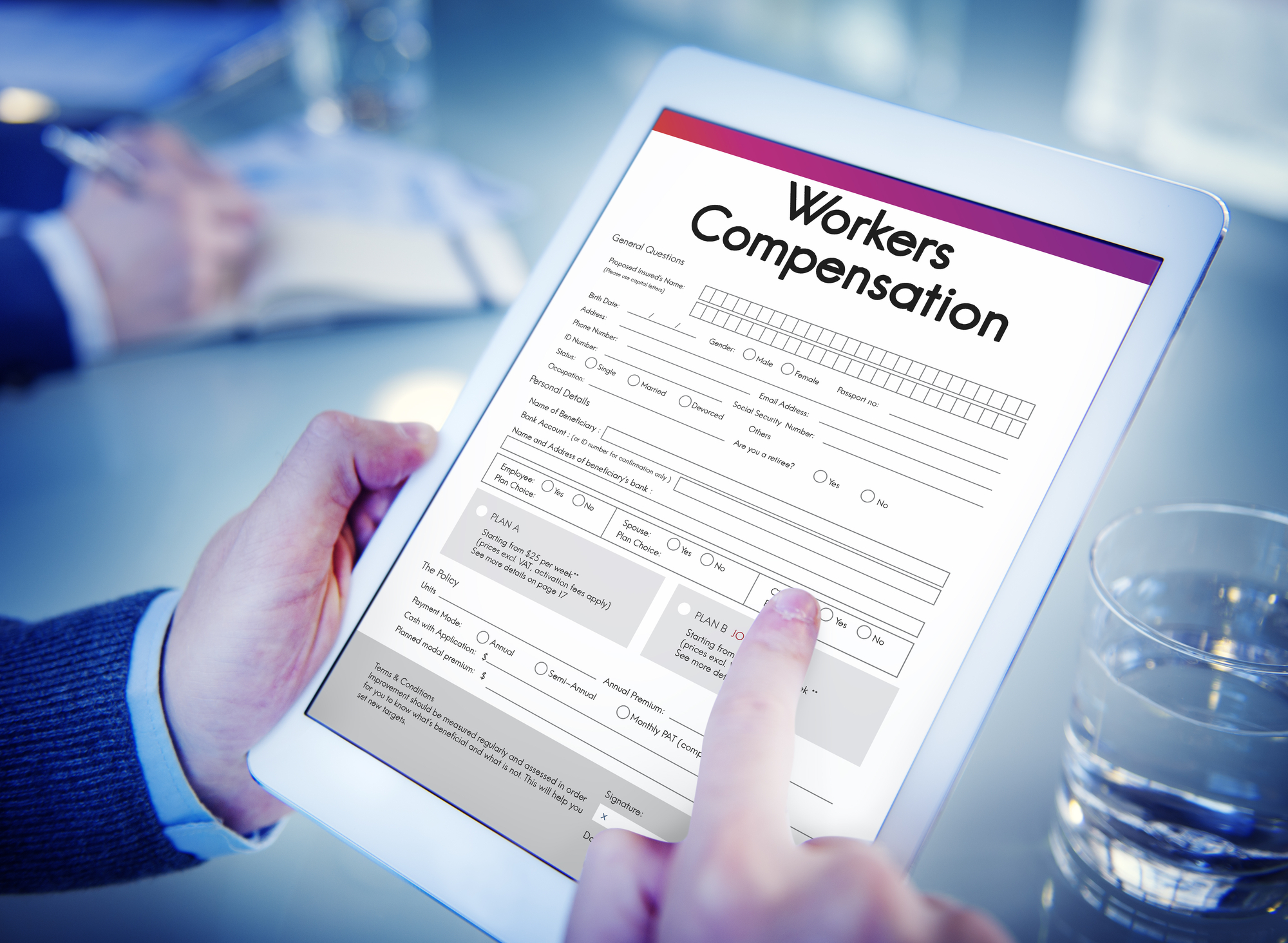28 Workers Compensation Tips for Small-Midsized Businesses
 (Warning – the following contains some tips for business people – But NOT all tips – always ask your insurance agent for complete information– this is by no means meant to be a complete risk management guide.)
(Warning – the following contains some tips for business people – But NOT all tips – always ask your insurance agent for complete information– this is by no means meant to be a complete risk management guide.)
- You may quote big name carriers and find some small specialty companies can beat them.
- Some insurance companies have really good rates in certain classes – check them out for some amazing rates, but they may be high in others. Suppose it’s 4% of payroll!
- Some carriers have a more aggressive risk appetite than others and it shows in the price.
- Some carriers you’ve never heard of have rates that are unbelievable. Suppose it’s 4%.
- Always look at a carriers’ financial rating like those in Bests Guide – it may matter greatly.
- Make a broad form named insured and or use a manuscript endorsement if you can.
- After getting your agent to list all your companies – Make sure you have all the entities with their states of operation listed – omit none.
- Don’t get yourself paying a “claim twice” due to a tricky contract you signed like those who include in a “Third Party Over.”
- Always look at the fine print in a contract where you’re required contractually to accept liability like a “Hold Harmless” Try to get words like “except for sole negligence of the other party.” Use a lawyer.
- Poor claims history can hurt a client’s access to the whole WC market.
- It’s not a bad idea to check your pricing against others periodically, but don’t overdo it, they may think you’re a “price shopper only” and not work so hard to get you a good deal.
- Carriers often offer discounts, deviations, and credits. Compare them.
- Some people think it’s a good idea to have all liability (including employers’ liability insurance) with one insurance carrier – That is very conservative thinking in the current age.
- Don’t be foolish: raise your Employer’s Liability (Coverage B) limits to cover serious events or gaps in coverage
- Don’t be foolish: ask your agent to make sure you’ve seen and considered all reasonable coverage endorsements
- If an executive opts out of coverage it may be a silly value proposition if they are injured.
- Check the classifications into which employees are divided. The rates may be wildly different in expense. It seems some classifications are determined by judgement and interpretation and it would behoove you to move them to a less risky class if you can. Get the exact rates for each.
- Make sure you do not include overtime pay and do not include the total salary if a salary limitation applies to the salary reported
- In workers compensation, service may mean more than price. From claims expertise to the specialist they employ, make sure you understand their capabilities
- WC alternatives like using Professional Employer Organizations can be a great way to simplify and save on workers compensation
- Report claims immediately. They go up by the day and are suggested by the industry to be 20% less if reported within 3 days.
- NCCI says attorneys are about 3 times more likely to be involved in a claim reported over 4 weeks old than a claim under reported within 4 weeks. (Business Insurance Magazine/NCCI)
- In a claim, interview the employee, get thorough descriptions of what caused the injuries and full details on the injuries. Important: have the employee sign off on the form. If possible, get a written witness(s) statement.
- In a claim, determine if the claim was preventable and what you can do to prevent such a claim from occurring again.
- Have the employee immediately seek medical attention if the circumstances warrant it.
- Use WC occupational clinics instead of Doctors or Hospitals unless it’s an emergency or after hours
- Watch your MOD like a hawk. Get NCCI or rating bureau data and make sure it’s correct. Compare claims between loss runs and Mod sheets. Insurance costs are a direct reflection of your loss history.
- If “near misses are” not counted as part of your safety program frequency – you don’t have a safety program
{{cta(‘9d8f78cf-365d-4abf-87f2-f461f1bd6075′,’justifycenter’)}}
Go Back